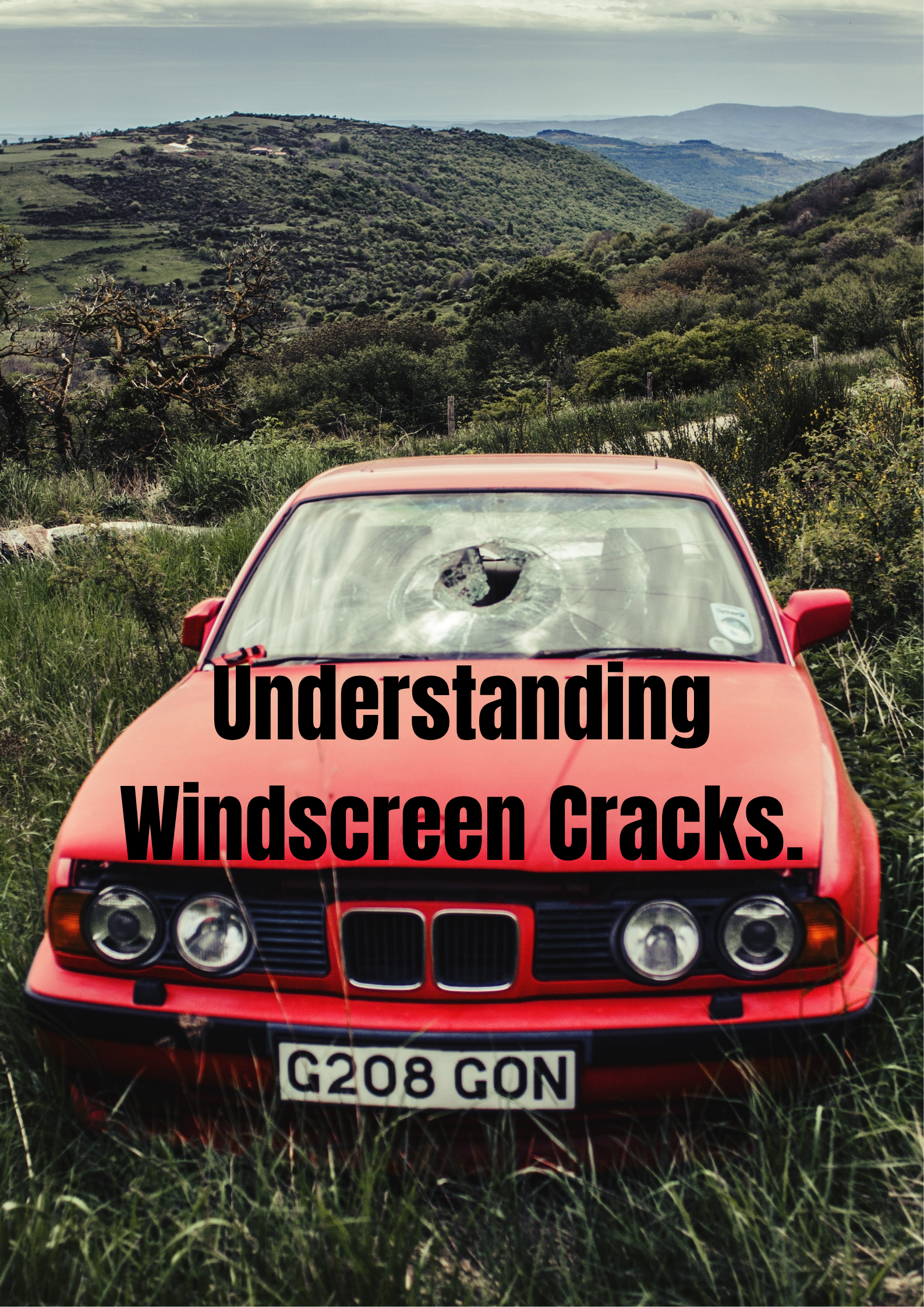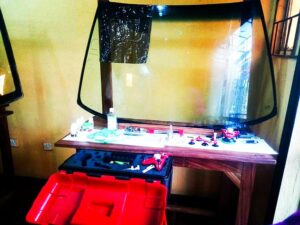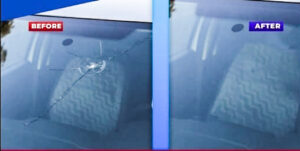Your car’s windscreen is more than just a piece of glass; it’s a critical component of your vehicle’s structural integrity and your visibility on the road. Damage to your windscreen can compromise its ability to protect you in an accident and can even impair the deployment of airbags. Therefore, understanding the different types of windscreen damage and their causes is essential for maintaining your vehicle’s safety.
Common Types of Windscreen Damage
Here are some of the most common types of windscreen damage:
- Chips:
- Description: Small, localized marks on the windscreen, often caused by flying debris like stones or gravel. They appear as tiny divots or blemishes on the glass surface, usually no bigger than a coin.
- Causes: Chips occur when rocks, gravel, or other small debris hit the windscreen with enough force to displace a small portion of the glass.
- Repair: Often repairable if they are small and haven’t started to spread. Repairs can fill the damaged area with resin, which helps restore the windscreen’s strength, integrity, and cosmetic appearance. However, left untreated, chips can expand into cracks, making them much harder and more expensive to fix.
- Cracks:
- Description: Lines that spread across the windscreen, usually stemming from an initial chip. Cracks vary in length and direction and can compromise the windscreen’s structural integrity.
- Types of Cracks:
- Edge Crack: Appears within 2 inches of the edge of the windscreen. These cracks tend to spread more quickly because they are near the stress points of the windscreen.
- Stress Crack: Occurs without any external impact, usually due to sudden temperature changes, like using hot water to de-ice a windscreen in winter.
- Floater Crack: Starts in the middle of the windscreen and can spread quickly if not repaired.
- Causes: Cracks often originate from untreated chips but can also result from sudden temperature shifts, extreme pressure, or even minor accidents.
- Repair: In most cases, damage bigger than 40mm may require full windscreen replacement, as it cannot be reliably repaired. Damage smaller than 40mm may sometimes be repairable, but it’s crucial to consult a professional to assess the damage.
- Star Breaks:
- Description: Have a central point of impact with multiple small cracks radiating outward, resembling a starburst pattern.
- Causes: Star breaks are typically caused by small, sharp debris hitting the windscreen at high speed.
- Repair: While some star breaks are repairable, those with long radiating cracks may need windscreen replacement. Immediate repairs are advised because these cracks can quickly expand, especially with changes in temperature or car vibrations.
- Bullseye Breaks:
- Description: A bullseye damage pattern resembles a circular dent with a central impact point, surrounded by concentric rings. This type of damage is more significant than a chip and can expand into a full-blown crack.
- Causes: Bullseyes are often the result of blunt impacts, like a stone hitting the glass at a high velocity.
- Repair: Bullseye damage is generally repairable if it is not in the driver’s line of sight and is smaller than 10mm. However, this type of damage can lead to cracks if left untreated.
- Combination Breaks:
- Description: A mix of chip, crack, and bullseye or star break patterns, creating a more complex type of damage. These can be more challenging to repair because they often cover a larger area and have multiple weak points.
- Causes: Combination breaks are usually the result of significant impacts, such as hitting larger stones or debris.
- Repair: Combination breaks often require a professional assessment to determine if they’re repairable. In many cases, replacement may be recommended due to the extensive and varied damage.
- Surface Pits:
- Description: Tiny dents on the windscreen’s surface that don’t go deep enough to form cracks or chips. These pits are more common on older vehicles or those that frequently drive on gravel roads.
- Causes: Surface pits are caused by prolonged exposure to small debris, sand, or gravel, which wears down the glass over time.
- Repair: Surface pits typically don’t require repair as long as they don’t impair visibility. However, if pitting is extensive, the windscreen may need replacing to ensure clear vision.
- Windscreen damage is a common issue that can arise from various causes. By understanding the types of damage and their origins, vehicle owners can take proactive steps to protect their windscreens. Regular inspections and timely repairs can help maintain the integrity of your windscreen, ensuring safety for you and your passengers. If you notice any damage, it’s essential to consult a professional for assessment and repair.
Conclusion
Windscreen damage is a common issue that can arise from various causes. By understanding the types of damage and their origins, vehicle owners can take proactive steps to protect their windscreens. Regular inspections and timely repairs can help maintain the integrity of your windscreen, ensuring safety for you and your passengers. For professional repairs, contact Ekoglass Ventures Limited!





